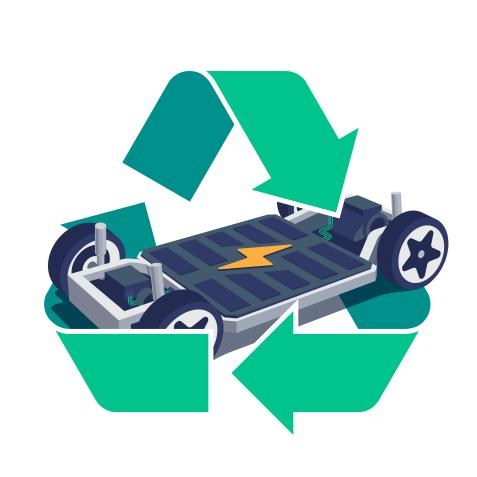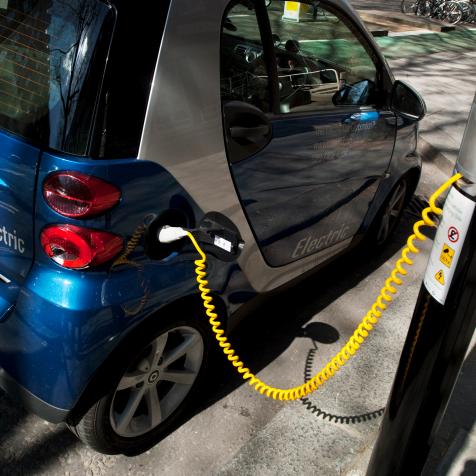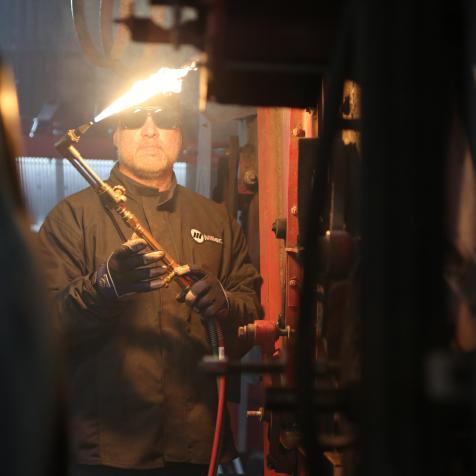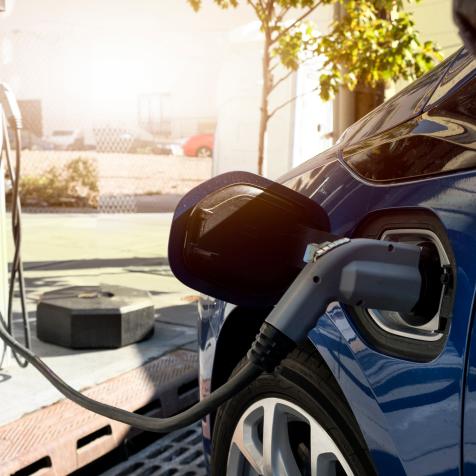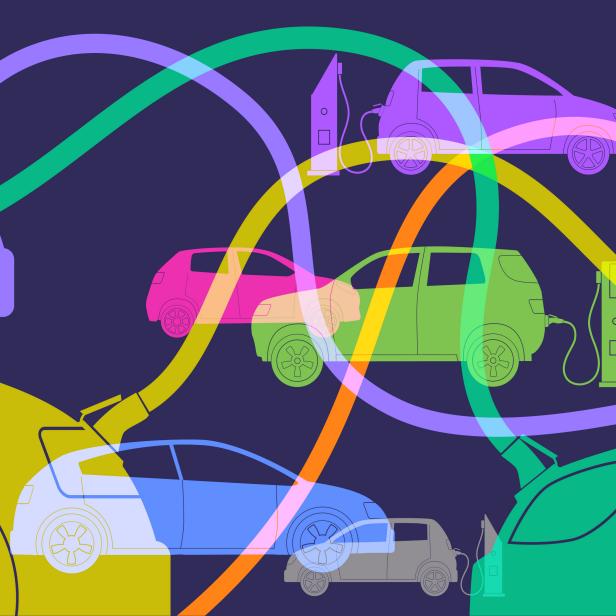
smartboy10
Recycled Lithium-Ion Batteries are Outlasting Brand New Ones
Car batteries made with recycled materials are outlasting their un-recycled counterparts– boosting auto manufacturers’ confidence in reusable parts.
The rechargeable lithium-ion (Li-ion) battery market is worth more than $50 billion. Used in a wide range of electronic devices from smartphones to electric vehicles, the demand continues to increase day by day.
Li-ion batteries are made of four main components: cathode, anode, electrolyte, and separator. Each of these components is essential to the battery’s functionality. The cathode’s active material type is what determines the capacity and voltage of a battery.
A study found that lithium-ion batteries made with recycled cathodes outperformed batteries with cathodes made from “pristine materials.” The batteries made with recycled materials lasted for thousands of additional charging cycles more than their counterparts.
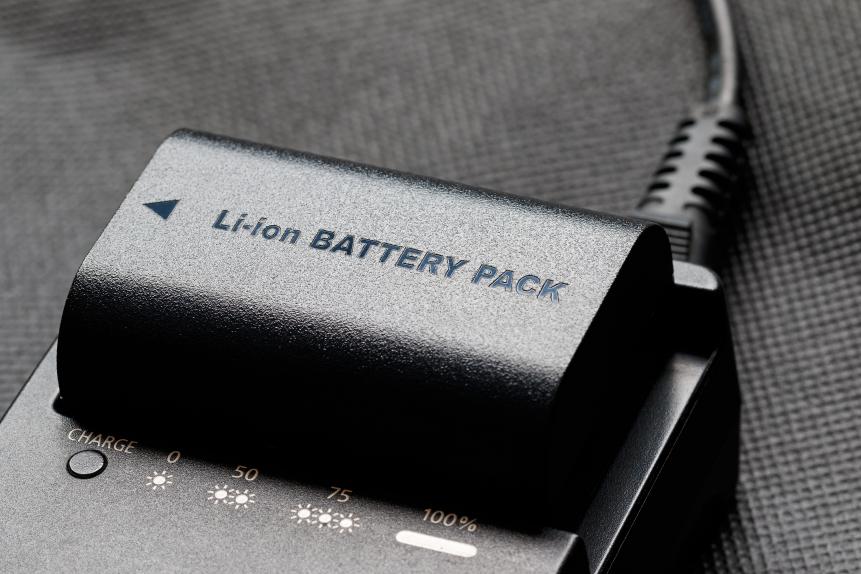
danielvfung
Lithium-ion batteries are used in everything from smartphones to electric cars.
“Based on our study, recycled materials can perform as well as, or even better than, virgin materials,” said Yan Wang, a materials scientist with Worcester Polytechnic Institute in Massachusetts.
As demand for lithium-ion batteries continues to grow, so does the demand for its materials. This high demand has led companies to go to extremes, like amping up deep-sea mining, to gain access to the resources used in Li-ion batteries. Increasing recycling efforts could help avert a mineral shortage.
But until now, the prospect of using recycled materials in Li-ion batteries had some manufactures worrying it could impact performance. Currently, lithium-ion batteries are not widely recycled. (In contrast, 97% of lead-acid batteries are recycled.)
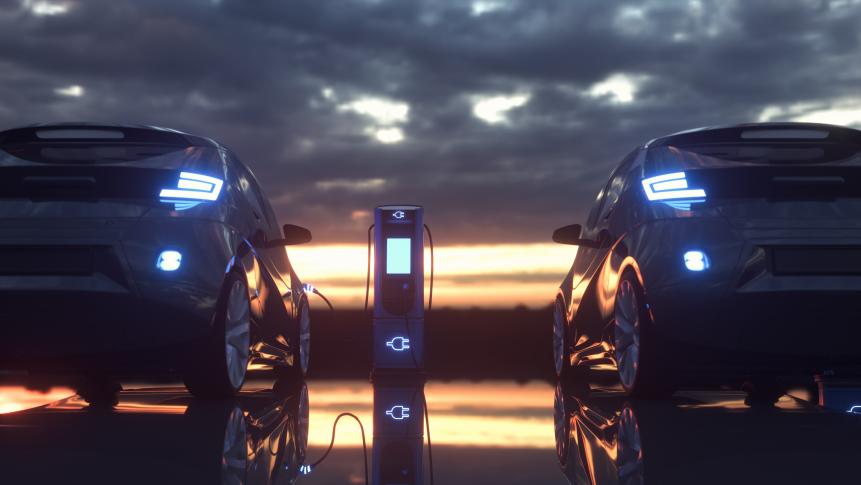
Дмитрий Ларичев
The growing market for EVs is pushing Li-ion batteries to new heights.
Aware of dwindling resources and environmental impact, Wang and his team set out to find a way to make recycling Lithium-ion batteries economically justifiable. By extracting the electrodes from shredded spent batteries, and dissolving the metals in an acidic solution, the scientists were able to recover more than 90% of the key metals– nickel, manganese, and cobalt– from the old battery. The recovered metals became the basis of the new recycled battery’s cathode’s active material.
In tests between Wang’s team’s recycled batteries and brand new commercial batteries of the same composition, the recycled batteries outperformed in their ability to maintain capacity. Batteries with new cathodes take a respectable 7,600 cycles to lose 30% of their initial capacity, while batteries with recycled cathodes lasted, almost 50% longer, for 11,600 cycles. That improved capacity performance could translate to years of better battery performance, even after repeated use and recharging.









